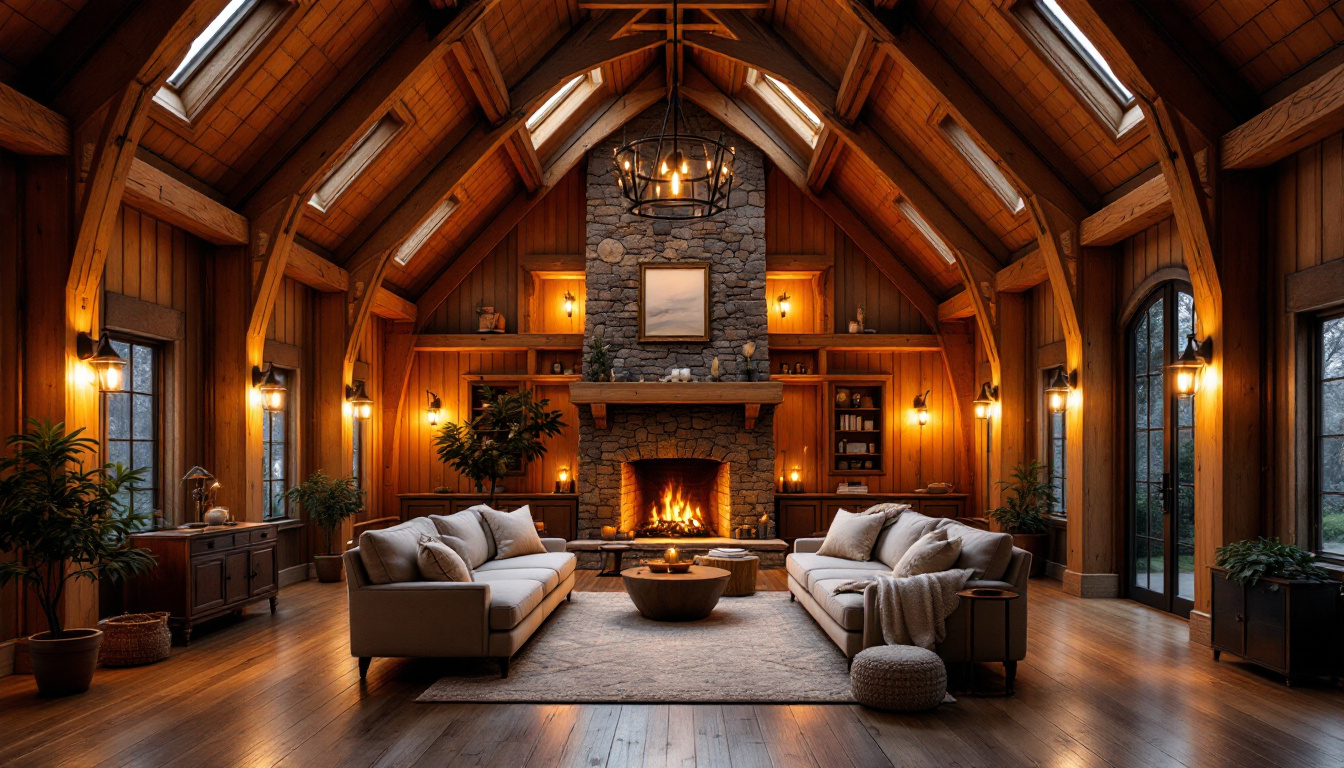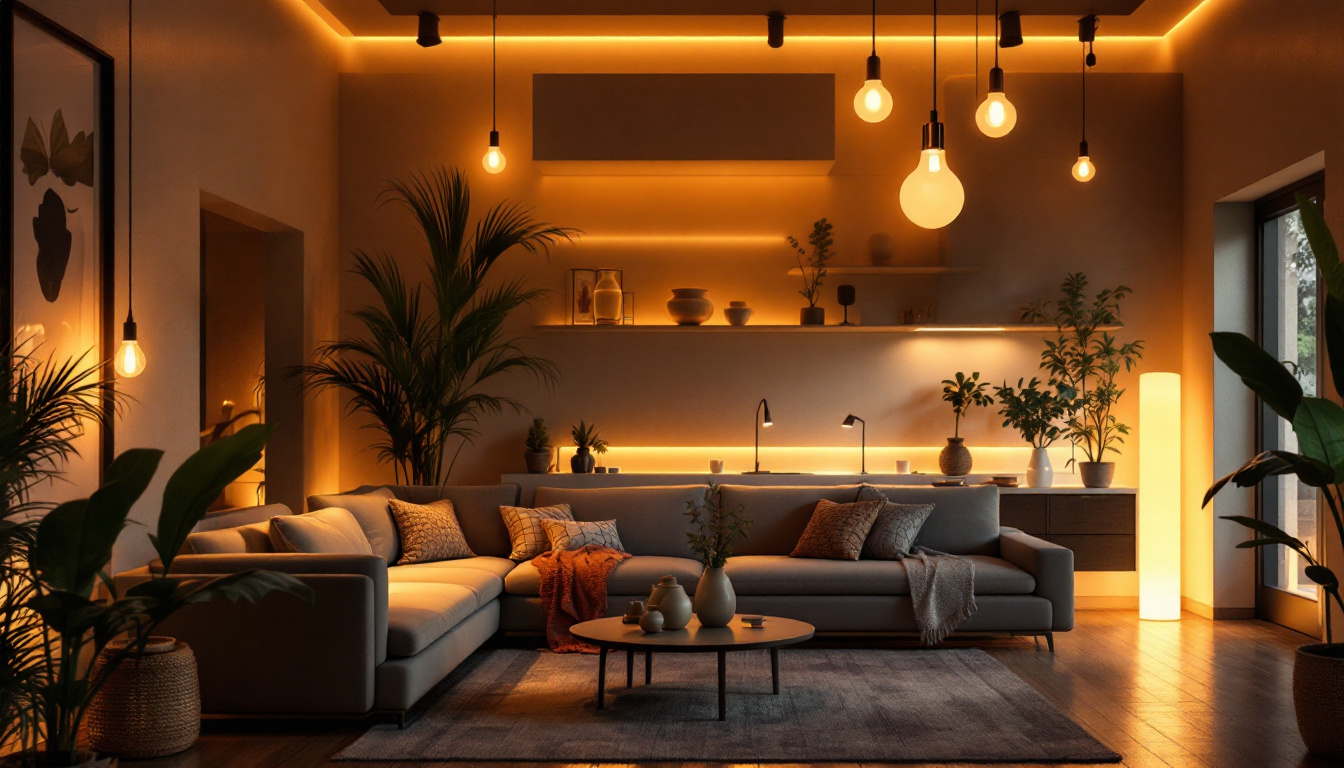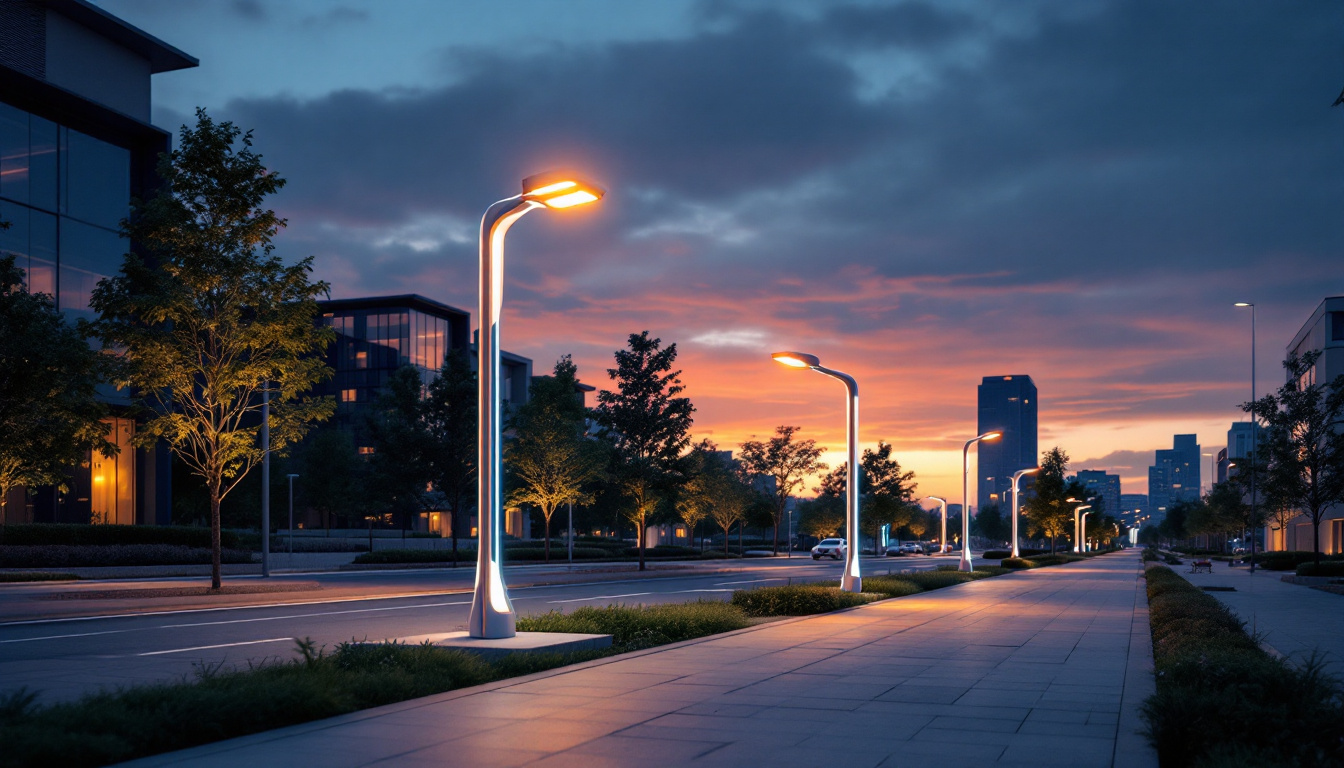
In the realm of lighting design, achieving the perfect ambiance can often feel like a daunting task. For lighting contractors, understanding the nuances of light quality, distribution, and color is essential to creating spaces that are not only functional but also visually appealing. This article delves into the critical aspects that contribute to effective lighting solutions, helping contractors elevate their projects from ordinary to extraordinary.
Light quality refers to the characteristics of light that affect how it is perceived in a space. This encompasses several factors, including color temperature, color rendering index (CRI), and luminance. Each of these elements plays a significant role in how light interacts with surfaces and objects within an environment.
Color temperature is measured in Kelvin (K) and describes the warmth or coolness of a light source. Warm white light (around 2700K to 3000K) creates a cozy atmosphere, making it ideal for residential spaces. In contrast, cool white light (4000K to 5000K) is often used in commercial settings, as it promotes alertness and productivity.
When selecting fixtures, it is crucial to consider the intended use of the space. For instance, a restaurant may benefit from warmer tones to enhance the dining experience, while an office might require cooler tones to maintain focus. Understanding the psychological effects of color temperature can help contractors make informed decisions that align with their clients’ needs. Moreover, the choice of color temperature can also influence mood and behavior; studies have shown that warmer lighting can create a sense of relaxation, while cooler lighting can stimulate energy and concentration, making it essential for designers to tailor their lighting choices to the specific activities that will take place in a given area.
The Color Rendering Index (CRI) measures a light source’s ability to accurately reproduce colors in comparison to natural light. A higher CRI (above 90) indicates that colors will appear more vibrant and true to life, which is particularly important in settings like art galleries or retail spaces.
Contractors should always check the CRI of the lighting products they recommend. A low CRI can lead to dull and lifeless appearances, diminishing the overall aesthetic of a space. By prioritizing high-CRI lighting, contractors can ensure that their designs not only illuminate but also enhance the visual experience. Additionally, it’s important to consider the application of the lighting; for example, in a kitchen, where food preparation occurs, a high CRI can make fresh produce look more appealing and appetizing. This attention to detail can significantly impact customer satisfaction in restaurants and retail environments, where the visual presentation of products is paramount. Furthermore, the interplay between CRI and color temperature can create a harmonious atmosphere, ensuring that spaces not only look good but also feel inviting and functional.
The distribution of light refers to how light is spread across a space. This is critical in preventing areas of over-illumination or under-illumination, both of which can create discomfort and detract from the overall design. Effective light distribution can be achieved through various techniques and fixture placements.
Layering light involves using multiple sources of light to create a balanced and dynamic environment. This typically includes ambient, task, and accent lighting. Ambient lighting provides overall illumination, task lighting focuses on specific activities, and accent lighting highlights architectural features or artwork.
By combining these layers, contractors can create a more inviting and functional space. For example, in a kitchen, ambient lighting can come from ceiling fixtures, task lighting from under-cabinet lights, and accent lighting from decorative fixtures. This approach not only enhances usability but also adds depth and interest to the design. Furthermore, the color temperature of the lights can also play a significant role in the atmosphere of a room. Warmer tones can evoke a sense of comfort and relaxation, making them ideal for living areas, while cooler tones can enhance focus and alertness, perfect for workspaces.
Proper fixture placement is crucial for achieving optimal light distribution. Contractors should consider the height, angle, and spacing of fixtures to ensure even illumination. For instance, wall sconces can be strategically placed to wash walls with light, creating a sense of height and spaciousness.
Additionally, understanding the purpose of each area will guide fixture placement. In a workspace, overhead lights should be positioned to minimize shadows on desks, while in a living room, floor lamps can be used to create cozy nooks. Thoughtful placement can dramatically enhance the functionality and aesthetic of a space. Moreover, the use of dimmers can provide flexibility in lighting, allowing occupants to adjust the intensity according to the time of day or the specific activity taking place. This adaptability not only improves comfort but also helps in conserving energy, making it an eco-friendly choice for modern design.
Lighting contractors often encounter specific challenges that can impact the effectiveness of their designs. Being aware of these common issues and knowing how to address them is key to delivering successful projects.
Shadows can create unwanted visual distractions and affect the usability of a space. They often occur when light sources are positioned incorrectly or when there is insufficient light in certain areas. To combat this, contractors should aim for a balanced distribution of light and consider using multiple light sources to fill in shadows.
For example, in a workspace, placing task lighting directly above work surfaces can help eliminate shadows cast by overhead fixtures. Additionally, using diffusers or reflectors can soften harsh light and minimize shadowing effects, creating a more pleasant environment.
Glare can be a significant issue in both residential and commercial spaces, leading to discomfort and reduced visibility. It occurs when there is excessive brightness in a field of view, often from direct light sources. To mitigate glare, contractors can employ several strategies.
Using fixtures with adjustable angles allows for better control of light direction, reducing the likelihood of glare. Furthermore, selecting fixtures with lower brightness levels or incorporating dimmers can help create a more comfortable lighting environment. In areas where screens are used, such as offices or home theaters, it is essential to position light sources to avoid direct reflection on screens.
The lighting industry is continuously evolving, with new technologies emerging that enhance both functionality and aesthetics. Staying informed about these innovations can give contractors a competitive edge and improve their project outcomes.
LED lighting has revolutionized the industry due to its energy efficiency, longevity, and versatility. Unlike traditional incandescent bulbs, LEDs consume significantly less energy and have a much longer lifespan, making them a cost-effective option for both contractors and clients.
Moreover, LED technology allows for a wide range of color temperatures and dimming capabilities, enabling contractors to create customized lighting solutions tailored to specific needs. As energy regulations become stricter, incorporating LED lighting into designs is not just beneficial but often necessary.
Smart lighting systems have gained popularity, offering contractors the ability to create highly adaptable and user-friendly environments. These systems allow for remote control and automation, enabling users to adjust lighting based on their preferences or schedules.
Integrating smart lighting can enhance the functionality of a space. For instance, in a home, homeowners can program lights to mimic their presence when away, improving security. In commercial settings, smart systems can adjust lighting based on occupancy, leading to energy savings. Understanding these technologies can help contractors provide added value to their clients.
In addition to aesthetics and functionality, safety and compliance are paramount in lighting design. Contractors must be well-versed in local codes and regulations to ensure that their installations meet safety standards.
Electrical safety is a critical aspect of any lighting installation. Contractors should ensure that all wiring, fixtures, and components are installed according to the National Electrical Code (NEC) and any local regulations. This includes proper grounding, circuit protection, and ensuring that fixtures are rated for their intended use.
Additionally, contractors should be aware of the importance of using high-quality materials and components. Investing in reliable products not only enhances safety but also reduces the likelihood of future issues, ultimately benefiting both the contractor and the client.
Accessibility is another crucial consideration in lighting design. Ensuring that spaces are well-lit and navigable for individuals with disabilities is not only a legal requirement in many areas but also a moral obligation. Contractors should familiarize themselves with the Americans with Disabilities Act (ADA) guidelines and implement them in their designs.
This may include ensuring that walkways are adequately illuminated, using contrasting colors for better visibility, and placing controls at accessible heights. By prioritizing accessibility, contractors can create inclusive environments that cater to all individuals.
Lighting contractors play a vital role in shaping the environments we inhabit. By understanding the essential facts about light quality, distribution, innovative technologies, and safety considerations, contractors can elevate their designs and provide exceptional value to their clients. As the industry continues to evolve, staying informed and adaptable will be key to thriving in this dynamic field.
Ultimately, the goal is to create spaces that not only look beautiful but also function effectively and enhance the quality of life for those who use them. With the right knowledge and approach, lighting contractors can turn flat lighting into vibrant, engaging environments that leave a lasting impression.
Ready to transform your lighting designs from flat to fabulous? At LumenWholesale, we provide lighting contractors like you with the high-quality, spec-grade lighting products you need to bring your projects to life. With our unbeatable wholesale prices and no middleman, you can access superior lighting solutions that meet the highest industry standards. Plus, with free shipping on bulk orders, you can enjoy premium lighting at the best value — all without hidden fees or compromises. Elevate your lighting game and enhance the quality of life in every space you touch. Wholesale Lighting at the Best Value is just a click away. Experience the LumenWholesale difference today.

Discover the transformative power of barn house lighting in enhancing your installation projects.

Discover how “Buy Lights” streamlines the purchasing process for lighting contractors, offering efficient solutions and expert insights to illuminate your projects with ease..

Discover how Type S bulbs can transform your lighting designs with their innovative features and energy efficiency.

Discover the future of urban illumination with our comprehensive guide on light poles for sale.